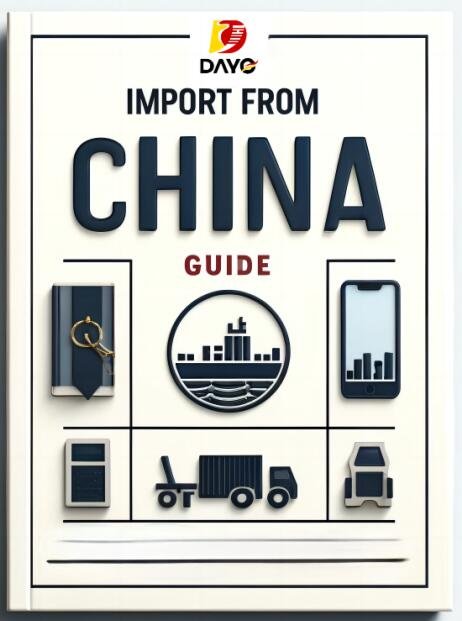
In the fast-paced world of cross-border e-commerce, a flexible supply chain is more than just an operational advantage—it is a fundamental necessity for success. The ability to quickly adapt to changing market conditions, fluctuating demand, and logistical challenges can determine whether a business thrives or struggles in a competitive global marketplace.

1. Small-Batch Multiple Shipments: Reducing Inventory Risks and Enhancing Customer Satisfaction
One of the biggest challenges in cross-border e-commerce is managing inventory risks while maintaining fast delivery times. Traditional supply chains rely on large bulk shipments, which can lead to excessive stock, storage costs, and potential losses due to unsold inventory.
A small-batch multiple shipment strategy allows businesses to:
- Reduce storage costs by keeping only essential inventory at fulfillment centers.
- Minimize risk of unsold stock by replenishing inventory in smaller, more frequent shipments.
- Improve agility in responding to changes in demand and customer preferences.
For example, e-commerce sellers leveraging warehouses in multiple regions can send smaller quantities of goods more frequently, reducing the risk of overstocking while maintaining product availability across different markets.

2. Enhanced Inventory Turnover: Optimizing Stock Levels and Cash Flow
Inventory turnover rate is a key performance indicator for e-commerce businesses, as it measures how quickly products are sold and replaced. A slow turnover can result in capital being tied up in unsold inventory, leading to cash flow constraints and potential financial losses.
A flexible supply chain helps improve inventory turnover by:
- Ensuring faster stock movement through optimized fulfillment strategies.
- Reducing dependency on large-scale warehousing and excess stockpiling.
- Allowing real-time inventory adjustments based on demand fluctuations.
For instance, businesses using just-in-time (JIT) inventory management can align supply with actual demand, ensuring that products are only stocked when needed, improving cash flow, and reducing waste.

3. Pre-Sale Model Compatibility: Aligning Production with Actual Demand
One of the most effective strategies in cross-border e-commerce is the pre-sale model, where customers place orders before products are manufactured or shipped. This approach provides key advantages:
- Minimizing overproduction by manufacturing based on confirmed orders rather than predictions.
- Reducing financial risks associated with holding excess stock.
- Increasing customer engagement by offering exclusive or limited-time pre-order products.
For instance, many fashion and electronics brands use the pre-sale model to gauge demand before production begins, ensuring that resources are allocated efficiently and reducing losses from unsold inventory.

4. The Role of Technology in Enabling a Flexible Supply Chain
Modern technology plays a crucial role in improving supply chain flexibility. Businesses leveraging AI-driven demand forecasting, cloud-based inventory management, and real-time logistics tracking can:
- Anticipate market trends and adjust procurement strategies accordingly.
- Optimize order fulfillment through automated systems.
- Improve shipment tracking to enhance delivery accuracy and reduce delays.

5. Why Supply Chain Flexibility is Essential for Global Competitiveness
In a volatile global market, cross-border e-commerce businesses must be prepared for disruptions such as customs delays, trade policy changes, and unexpected supply chain bottlenecks. A flexible approach ensures resilience by:
- Diversifying suppliers to reduce dependency on a single source.
- Using multiple fulfillment centers to optimize delivery routes.
- Adapting quickly to geopolitical or economic changes affecting international trade.

Conclusion
A flexible supply chain is the backbone of successful cross-border e-commerce operations. By adopting small-batch multiple shipments, enhancing inventory turnover, and integrating pre-sale models, businesses can stay competitive, maximize profitability, and ensure seamless global operations. In a dynamic market where adaptability is key, supply chain flexibility is not just an advantage—it is a necessity.

